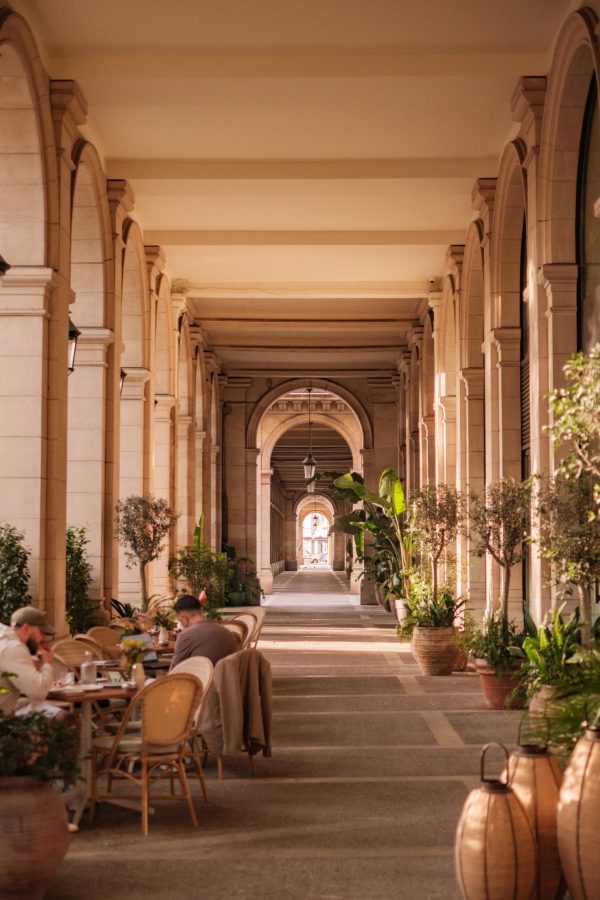
As part of European Month of Photography, Fotografiska Berlin welcomes you into the creative world of Frank Ockenfels 3 and his forthcoming exhibition, Introspection. On view from January 30, Introspection delves into the artist’s journey, presenting his career through a series of interconnected sections, unified by his journals. What began as simple notes scribbled onto Polaroids—used to document lighting setups and plan upcoming shoots—morphed into a deeply personal medium. These journals became a space to record conversations with his subjects, explore creative ideas, work through artistic influences, and map his personal and professional evolution.
The exhibition blends new photographic works with unconventional, mixed-media creations where photography is no longer the primary focus. Skateboards, newspapers, and scrap metal become unconventional canvases for Ockenfels’s expressive use of paint, pen, and brush. Through his intentionally raw and experimental manipulation of images, portraits of others are transformed into mirrors of his own identity, offering a glimpse into his inner world and creative psyche.
To recognise the preview and opening of the exhibit in Berlin, Schön! chats with Frank Ockenfels 3 about his process, Introspection, and more.
Your creative process merges photography with journaling, drawing, and collage. How do you decide which medium best expresses a particular moment or emotion in your work?
A lot starts with photography. I’ll most of the time collaborate with a model and create images that start conversations or inspire. I’ll make prints from the shoot and leave them on my table, surrounded by scraps of paper I’ve found, inks, charcoal, and paint. As things pile up, pages fall together.
Your journaling began as a way to manage anxiety. How has this practice evolved over the years, and how does it continue to influence your art and mental health?
It actually started to flush my brain and also to illustrate the things I saw. The journals were only for me, not to share or show to anyone—a pure sense of creating for myself. As I’ve grown older, they have become more minimal, with fewer words, but they reflect who I am at this point in my life.

David Bowie encouraged you to share your journals with the world. How did his trust and collaboration shape your artistic journey and self-confidence?
His inspiration and trust in collaborating with a young artist allowed me to push further. The journals were a great example of how we worked together. He would tell me what he needed images for and give a few words. We would create together in that space, allowing us to find new things without the constraints of structure. I still hold this in my creative process.
Your work distorts traditional portraiture by incorporating elements like ink, charcoal, and scissors. What does this process of breaking down and rebuilding imagery represent to you emotionally and creatively?
I try not to go into creating a portrait with any preconceived ideas and allow the things given in the moment to create the image. Sometimes after, I will, for no reason, play with the image.
You’ve photographed cultural icons like Nirvana, David Lynch, and Milla Jovovich. How do you balance capturing their essence while infusing your own perspective into the image?
I strive to avoid imposing too much of myself when creating a portrait, instead allowing the moment to shape the image. I believe that excessive planning often interferes with being receptive to light, surroundings, and the flow of conversation.


Your exhibition at Fotografiska Berlin emphasizes introspection and breaking convention. How do you hope viewers will engage with and interpret your layered creative process?
I hope it inspires them to translate what they see and feel into their own creative expression.
With over 200 album covers and countless campaigns under your belt, how do you maintain originality and avoid creative burnout in such a prolific career?
Stay open to learning new things and embrace the lessons that come from failure. Be receptive to change and the opportunities it presents.
In a world dominated by digital manipulation, your hands-on approach of physically altering photographs feels deeply personal. How do you see your analog techniques resonating in today’s digital age?
Digital is simply another tool that allows you to break boundaries and reach the destinations you’re striving for.
Your journals contain backward-written text and fragmented visuals. What role does ambiguity play in inviting the audience to connect with your work?
I’m dyslexic, and I write faster when I approach it backward, which helps me avoid leaving out words. Over time, this method became an integral part of what I was trying to express, both in what I said and in what I didn’t say.
Your art often reflects a tension between control and chaos. How do you navigate that balance in your creative process, and how does it mirror your personal life?
I thrive in chaos, both in my personal and professional work. It allows me to let go of expectations and instead focus on working with what is given.


View the exhibit at Fotografiska Berlin or visit fotografiska.com for more information.


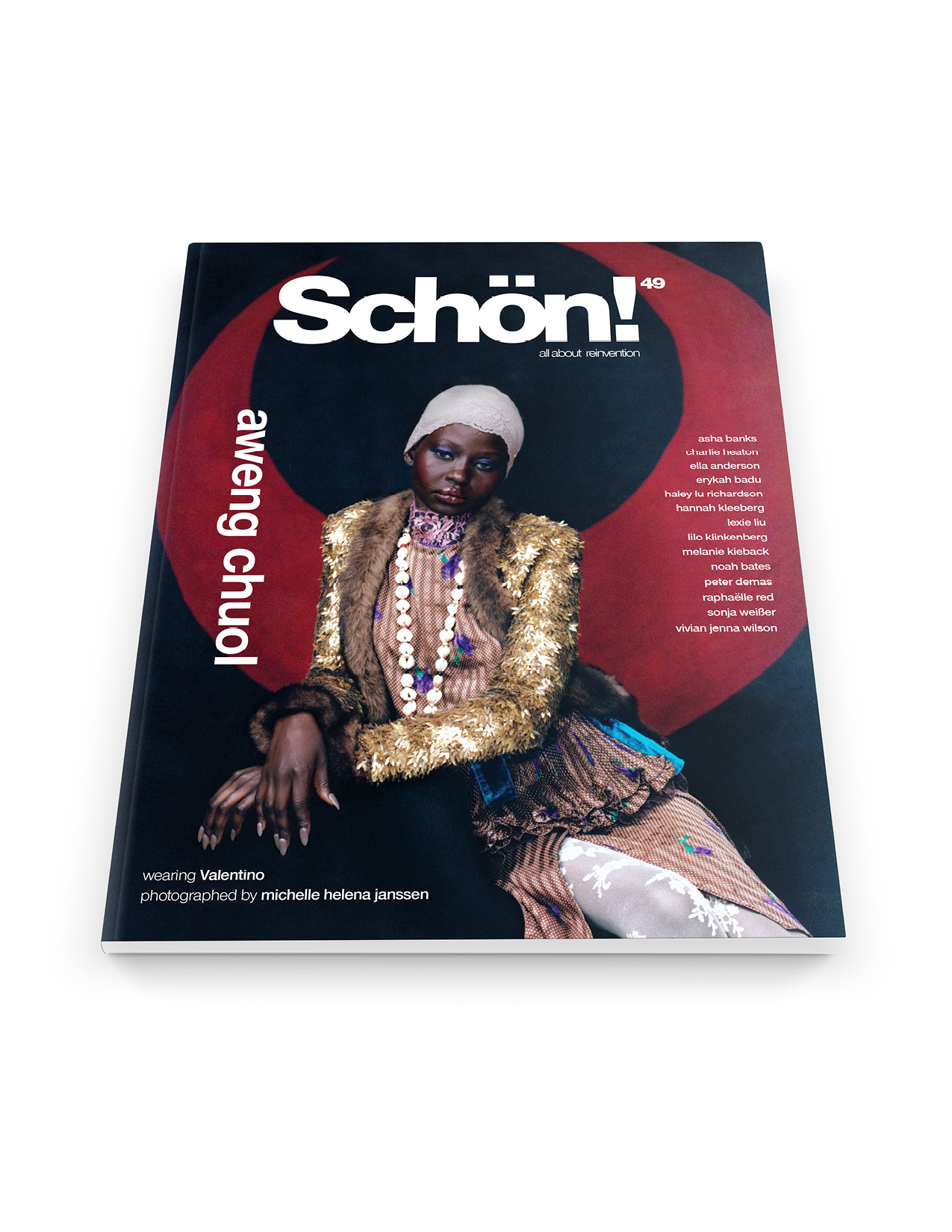
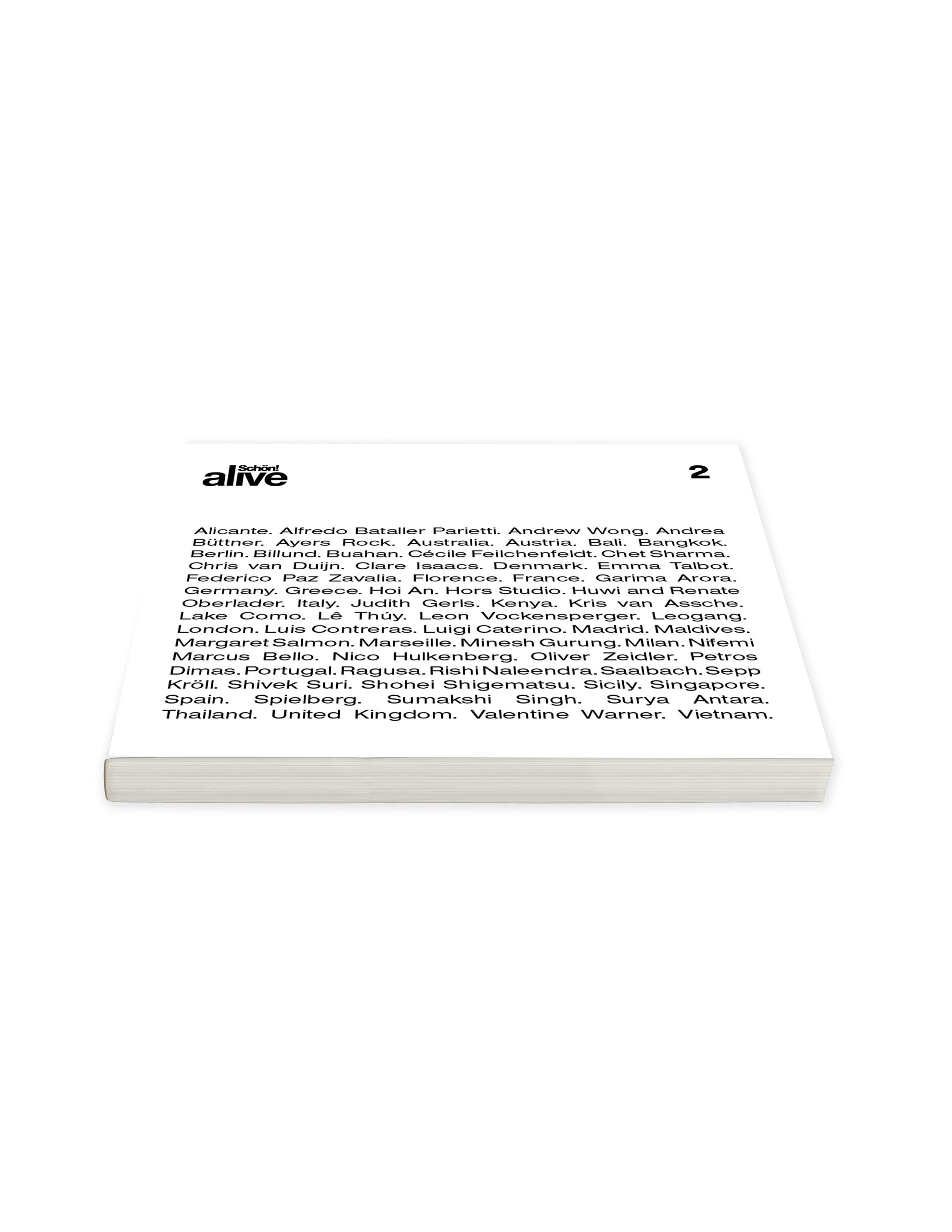




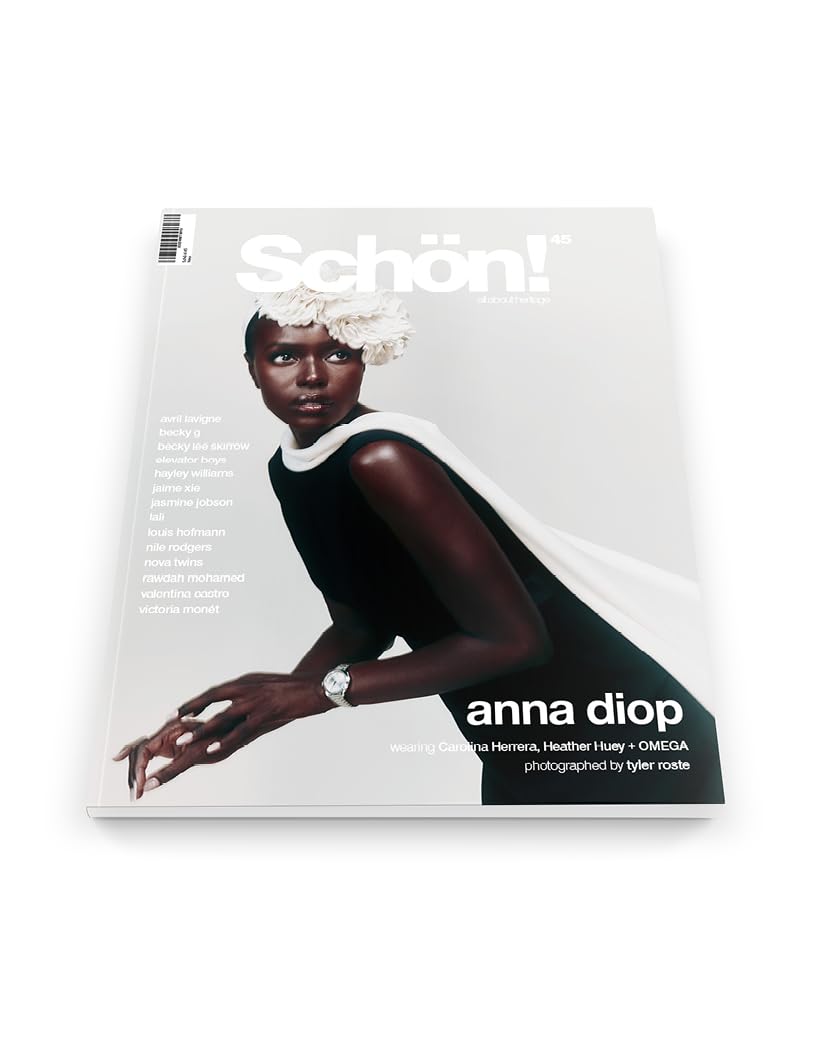





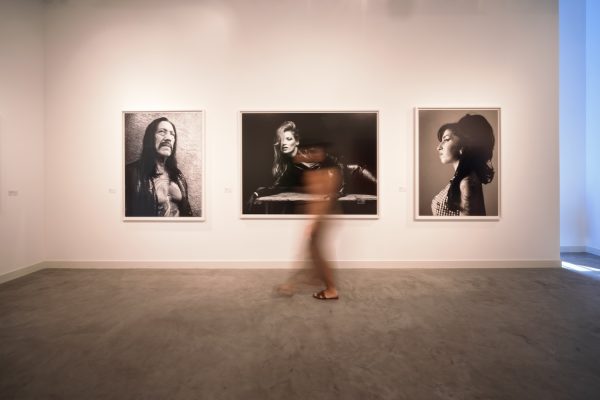

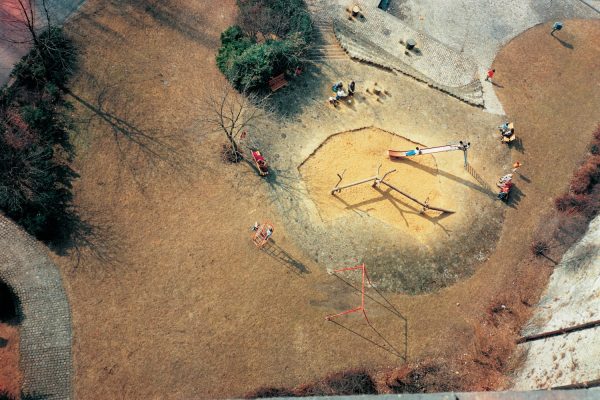

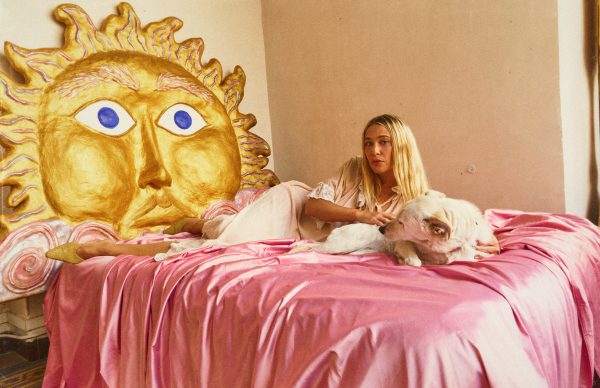
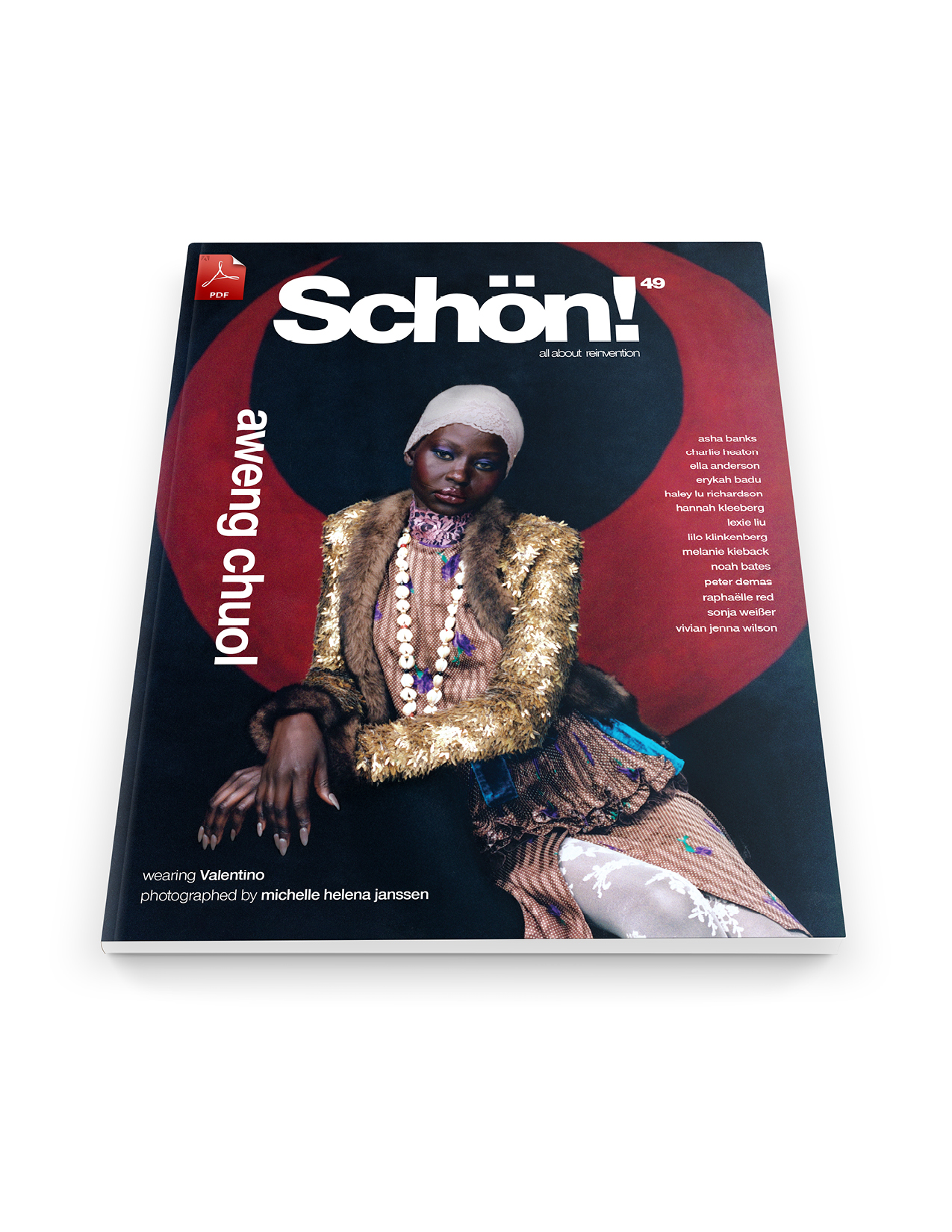
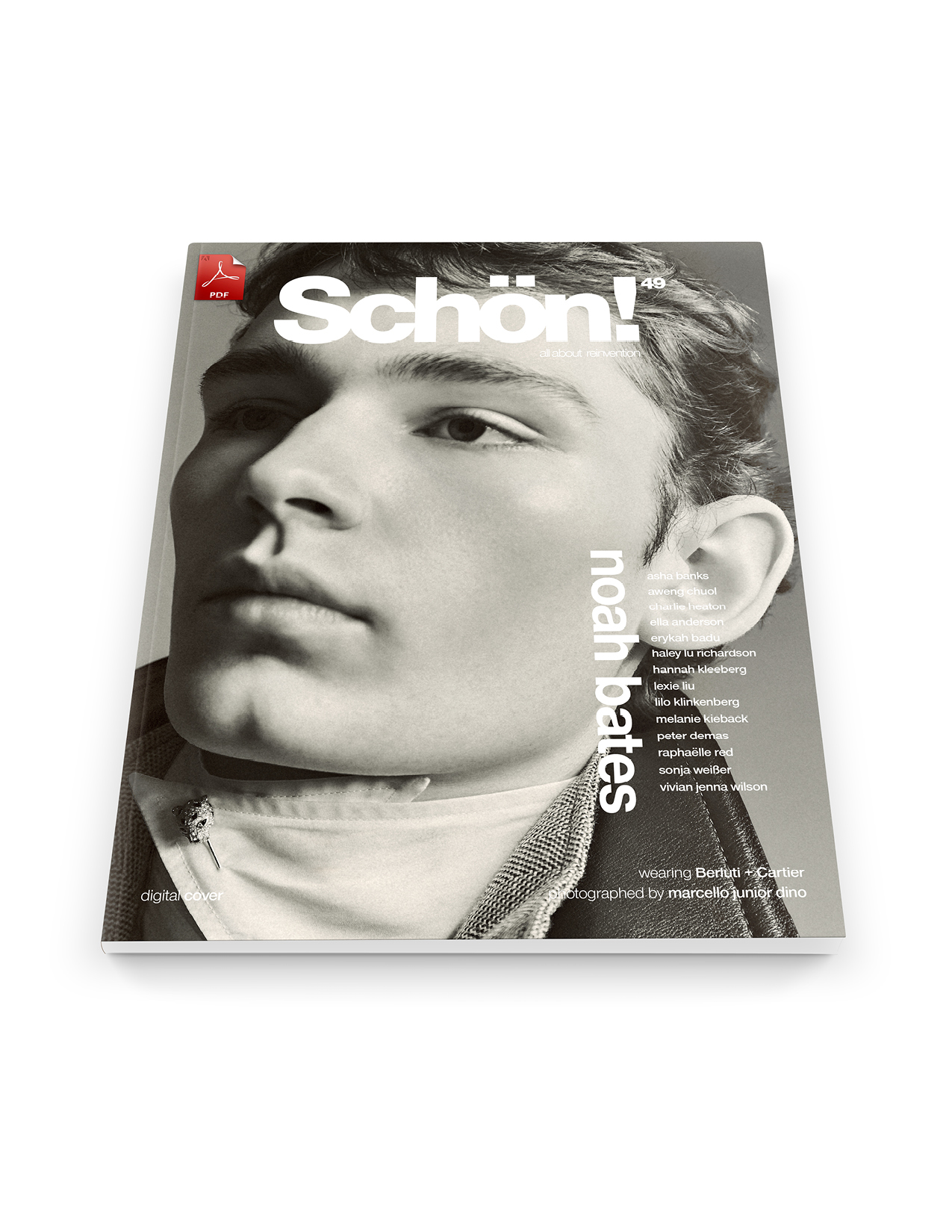
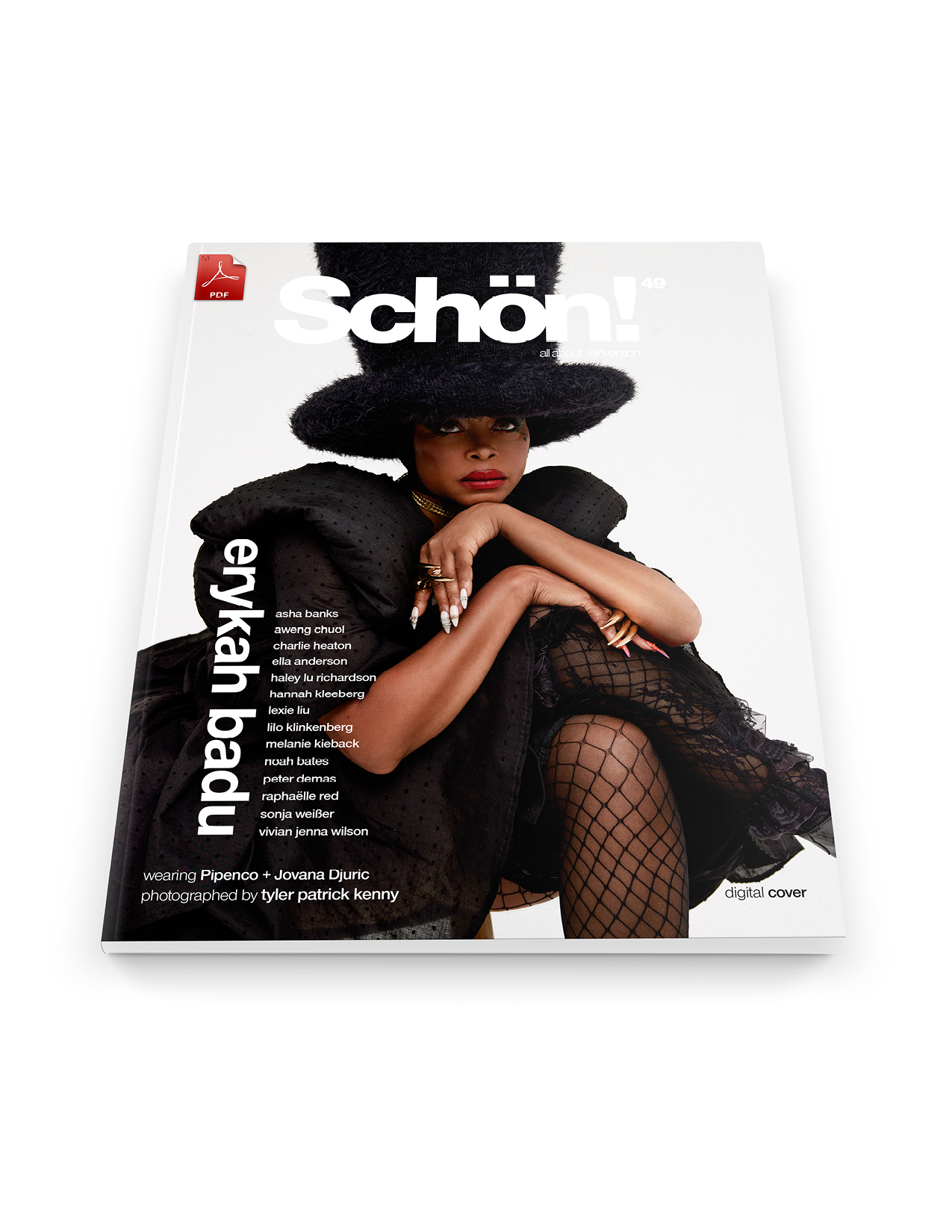
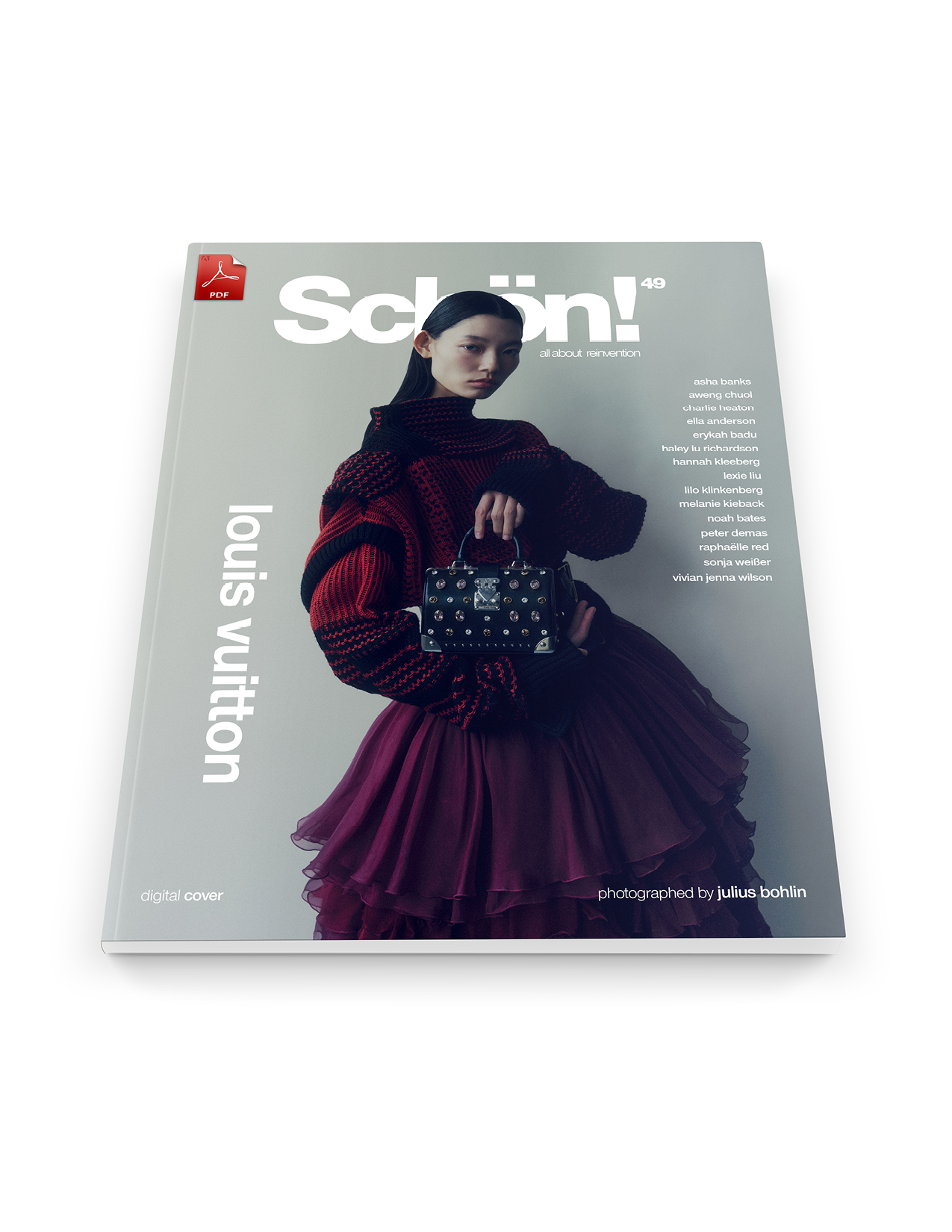
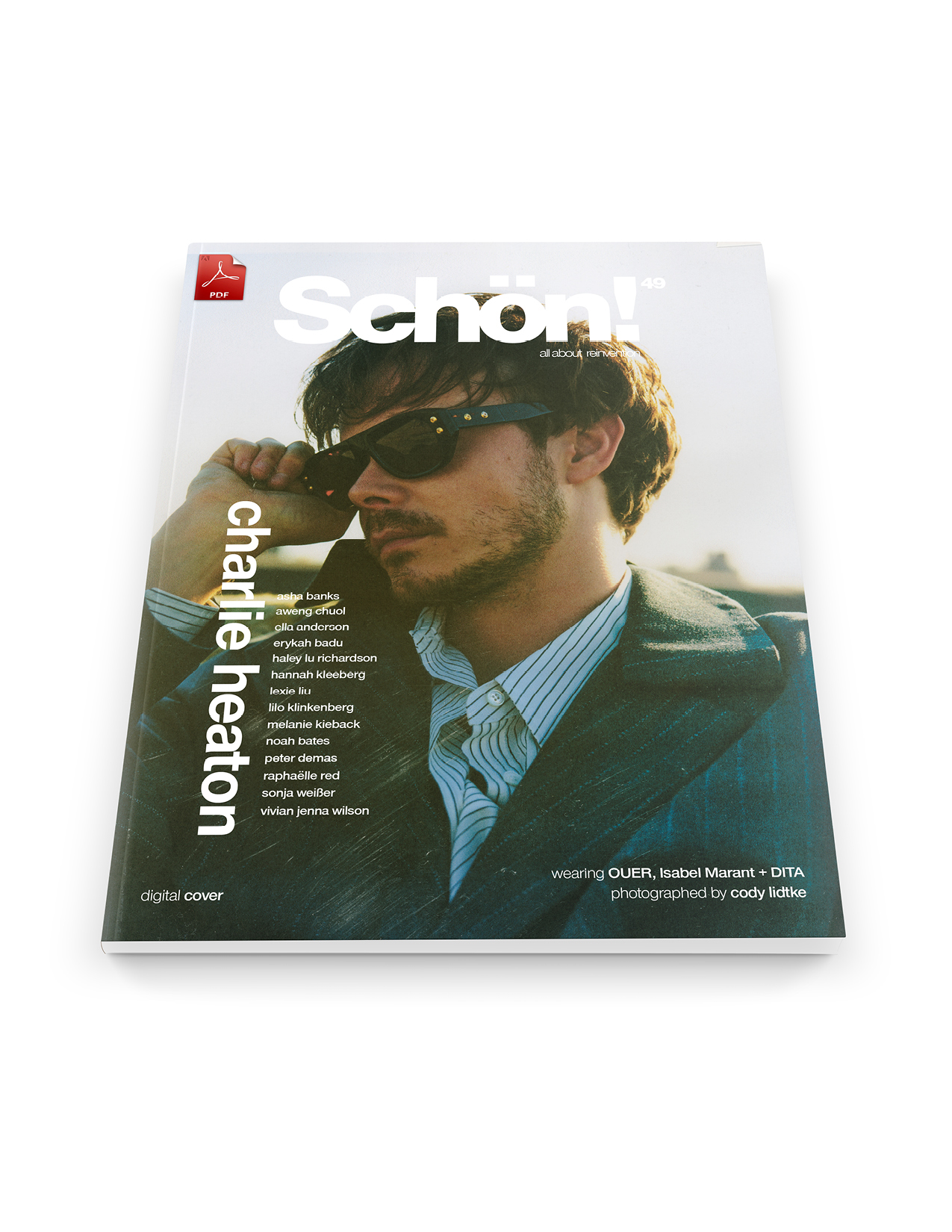
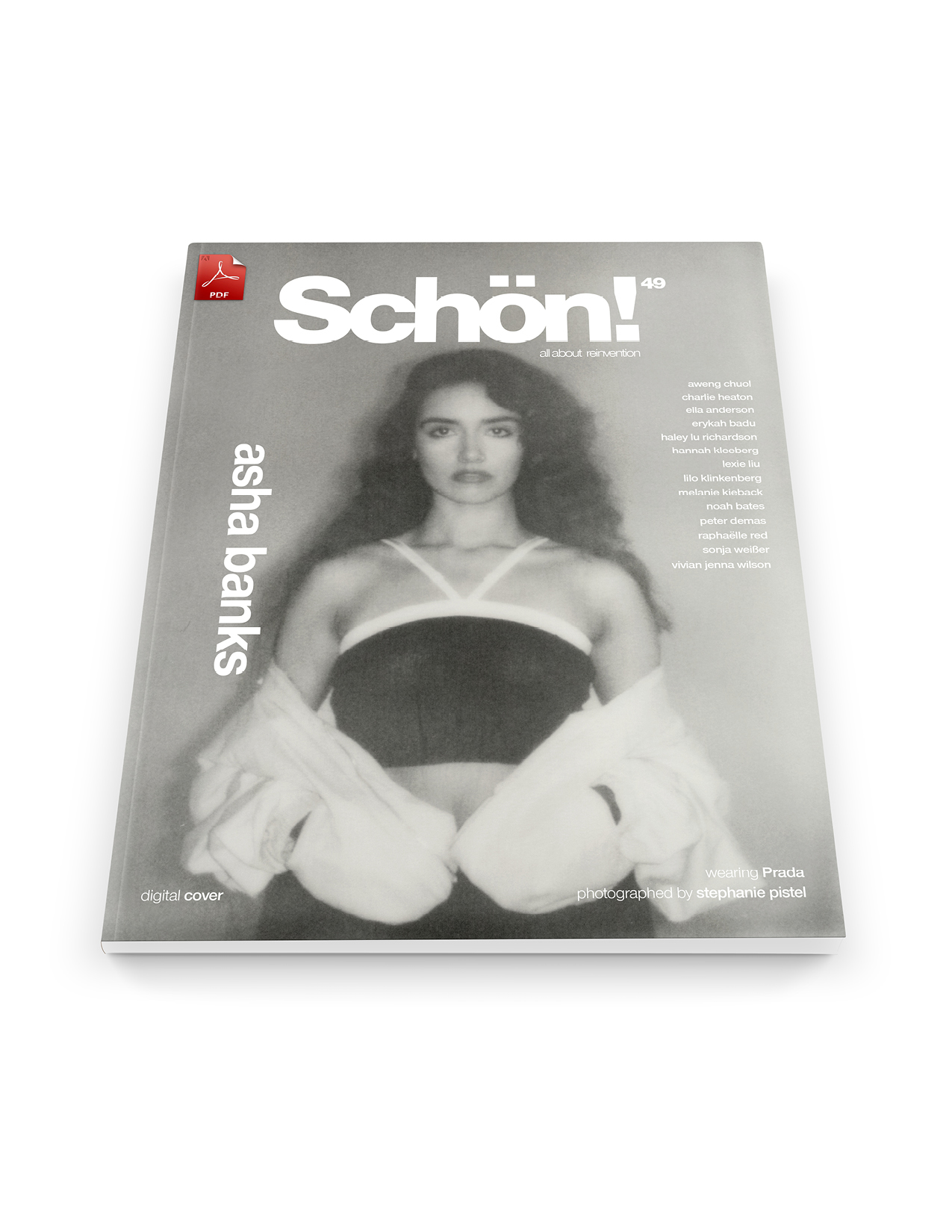
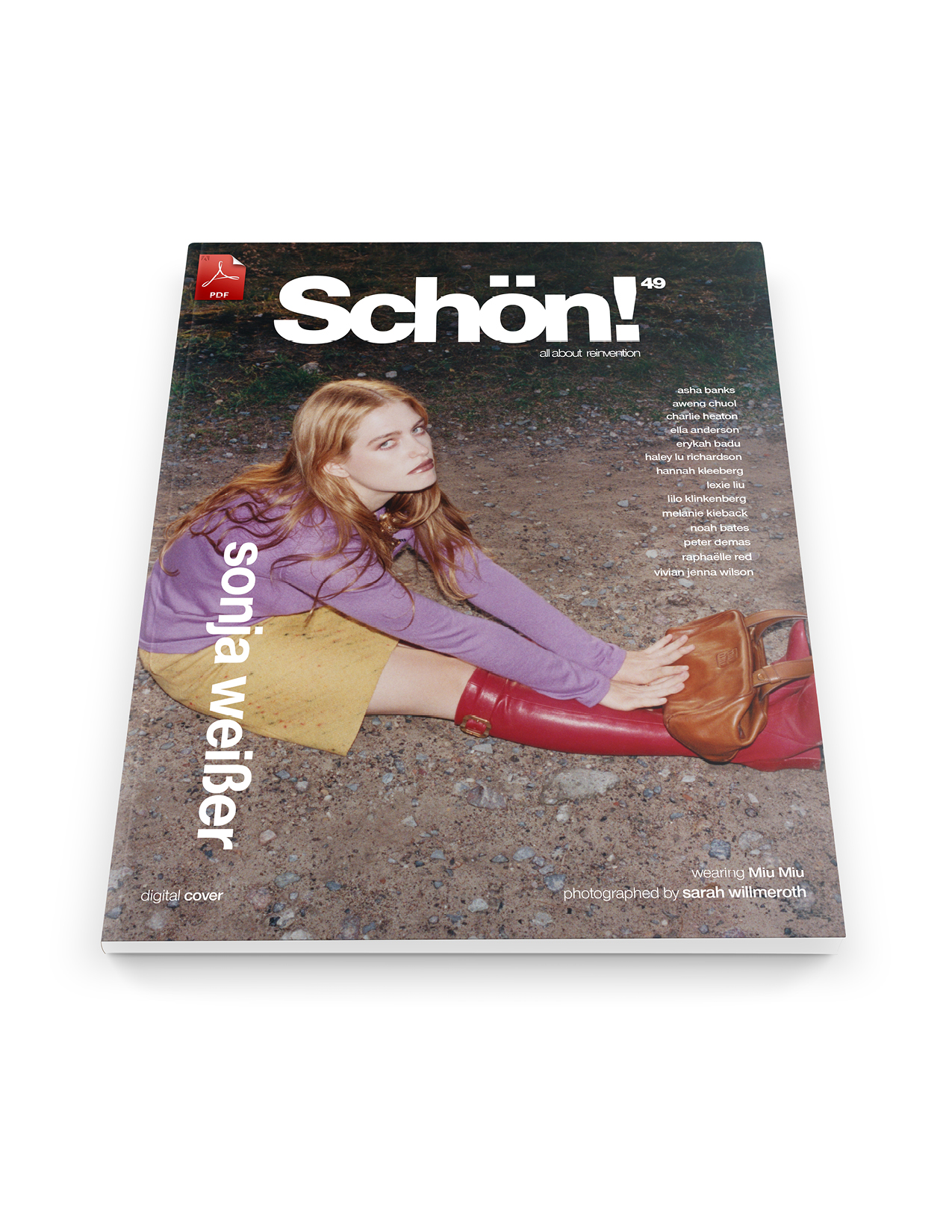
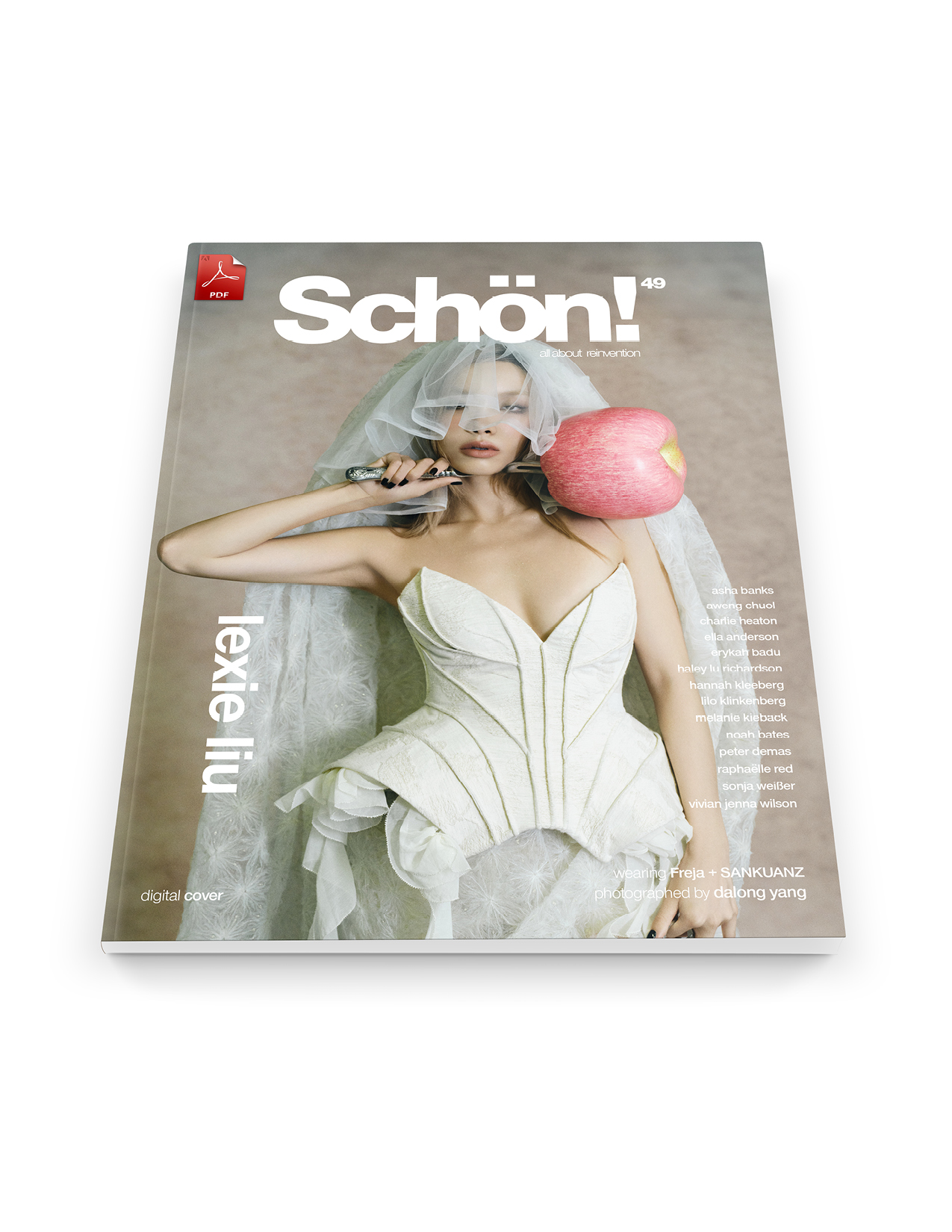
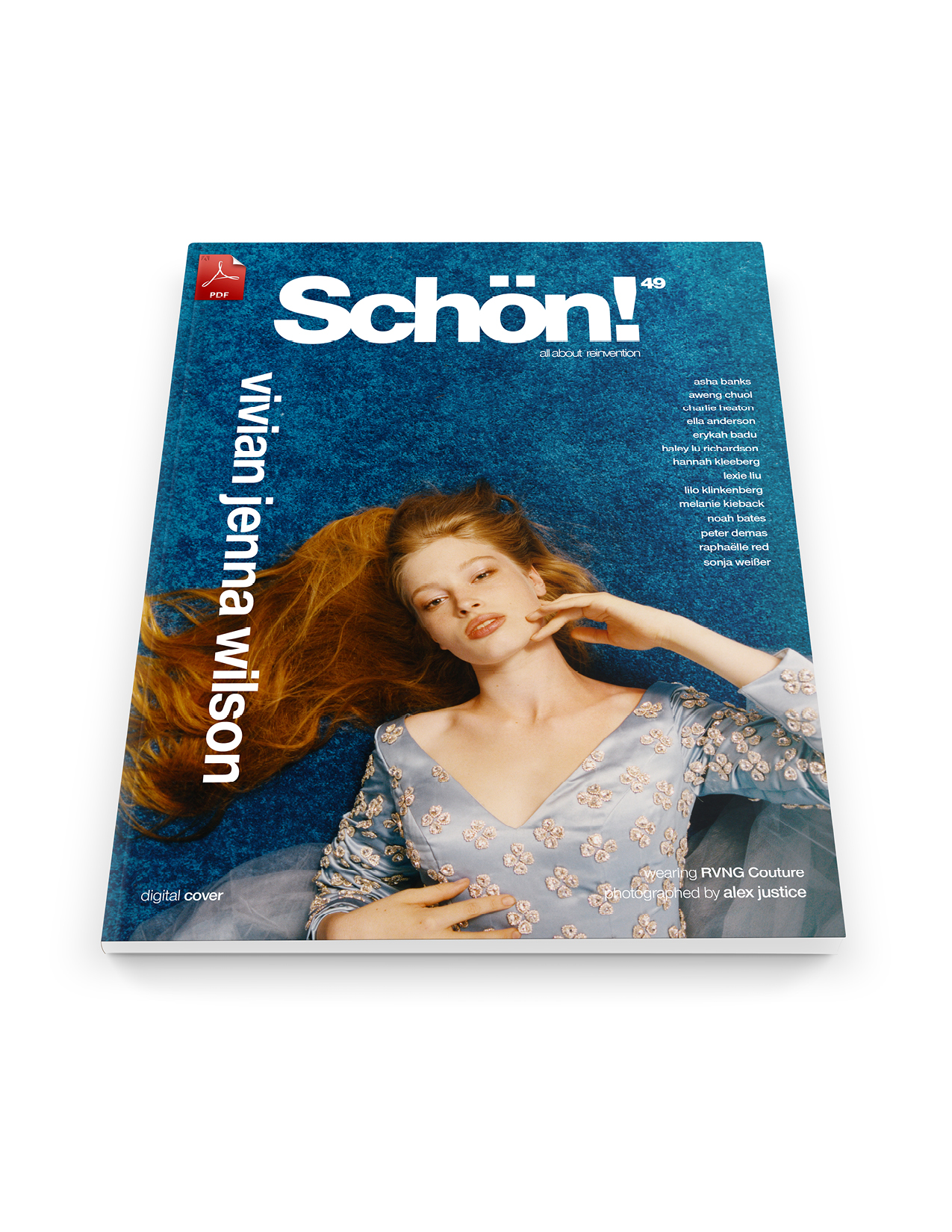
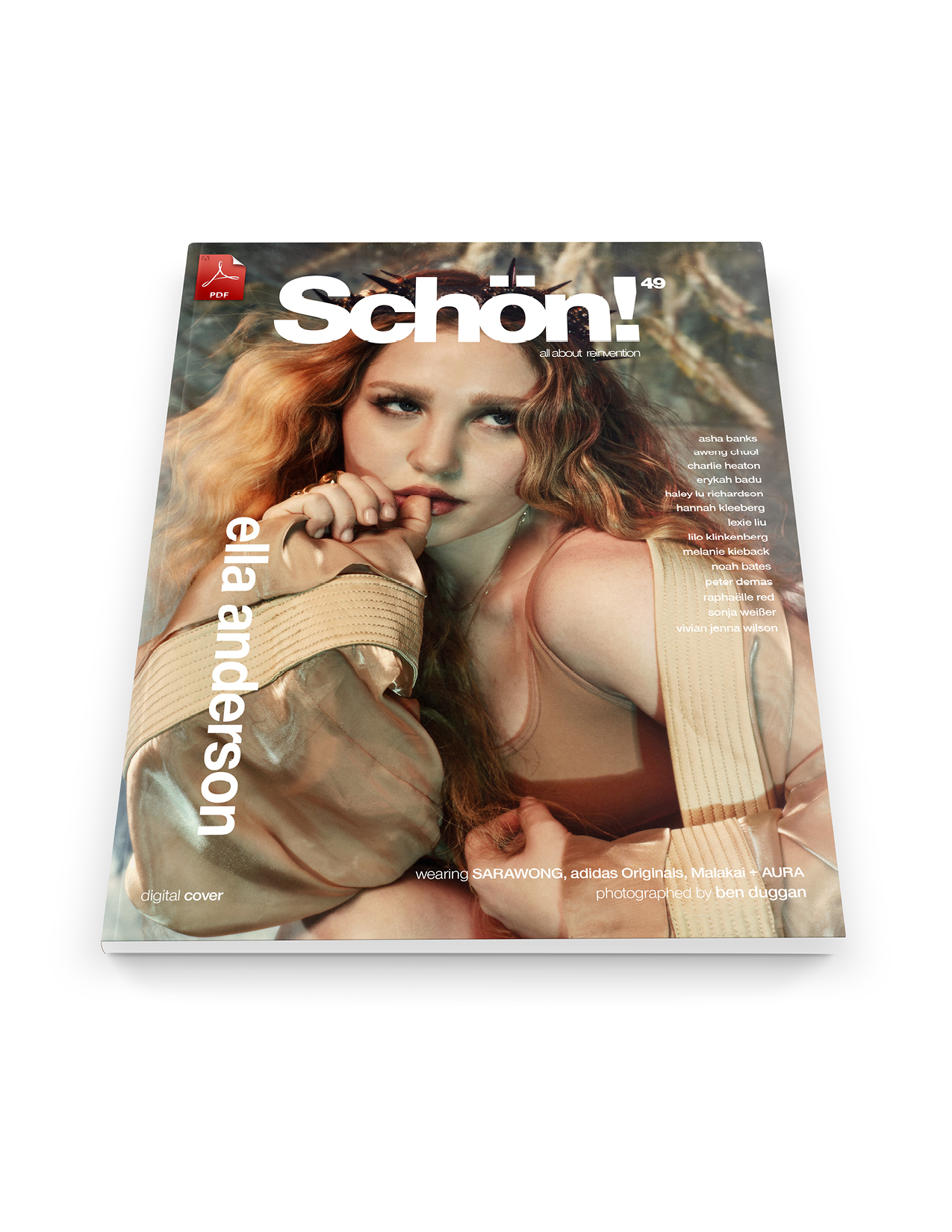






























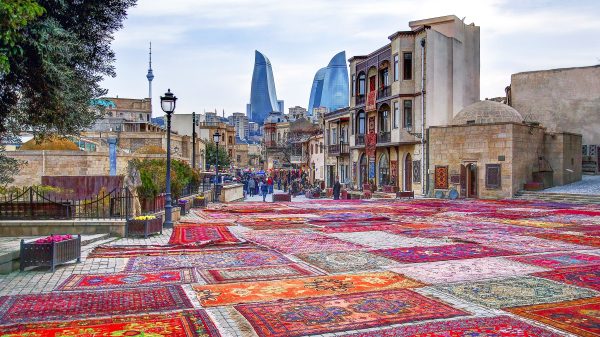
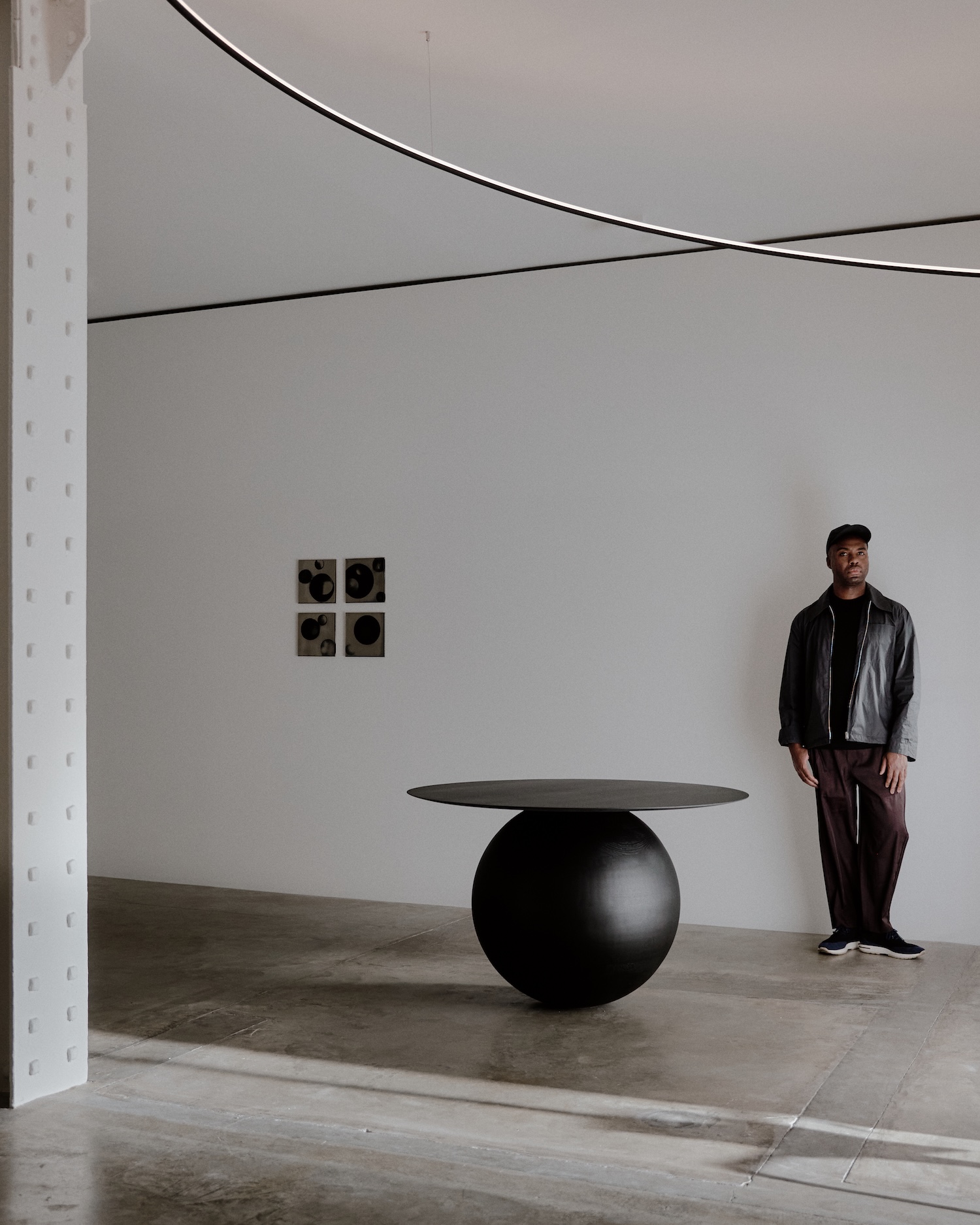
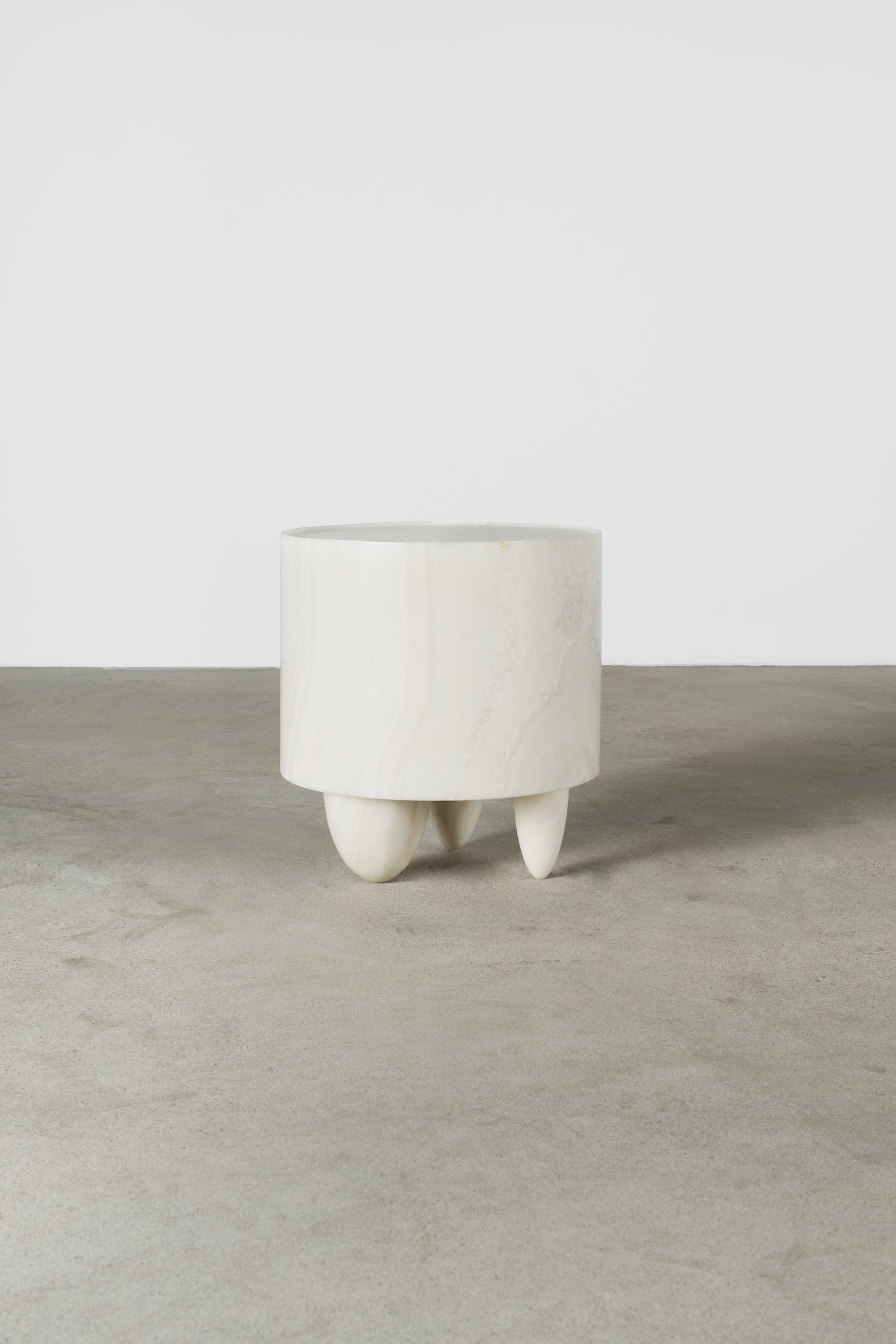
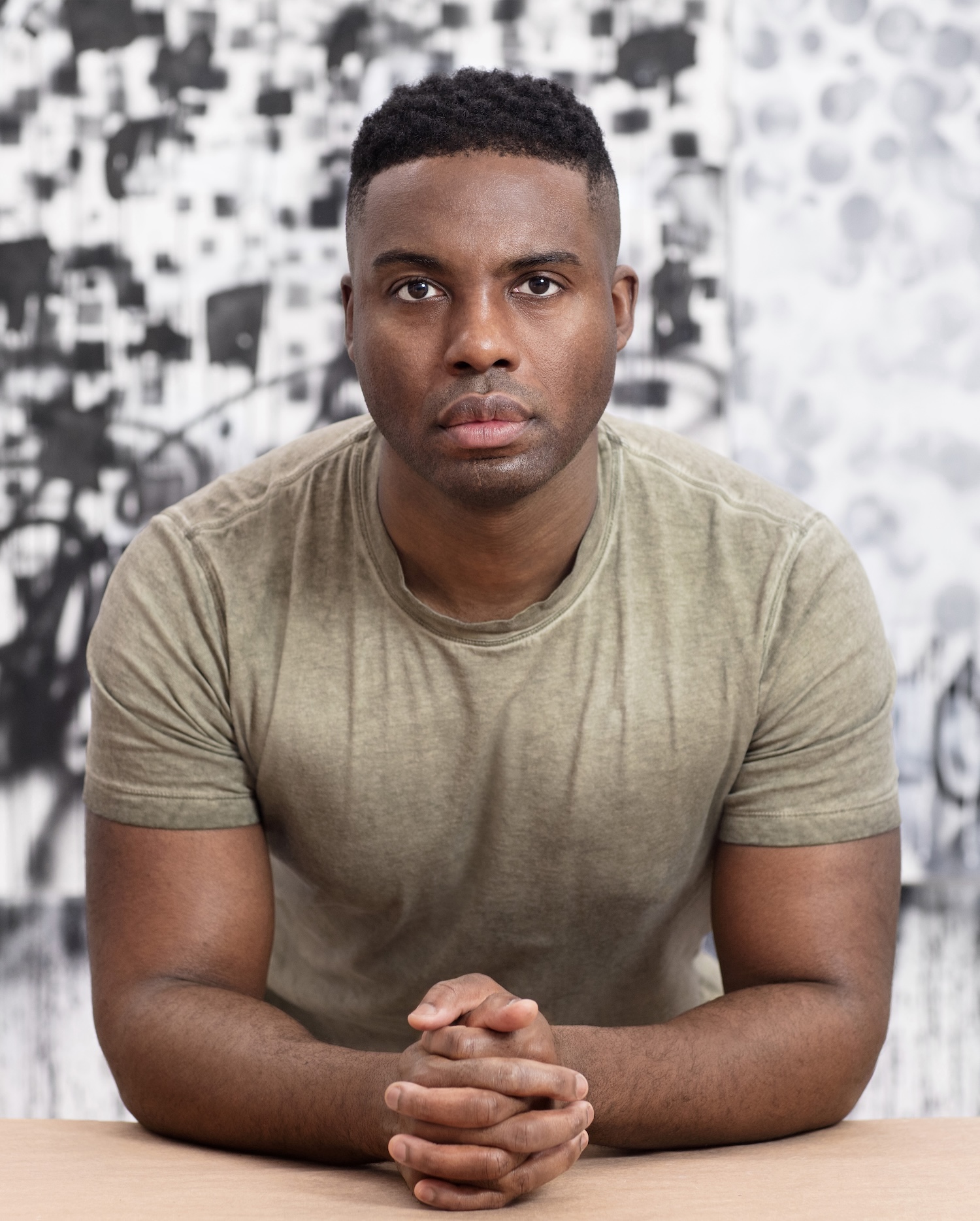
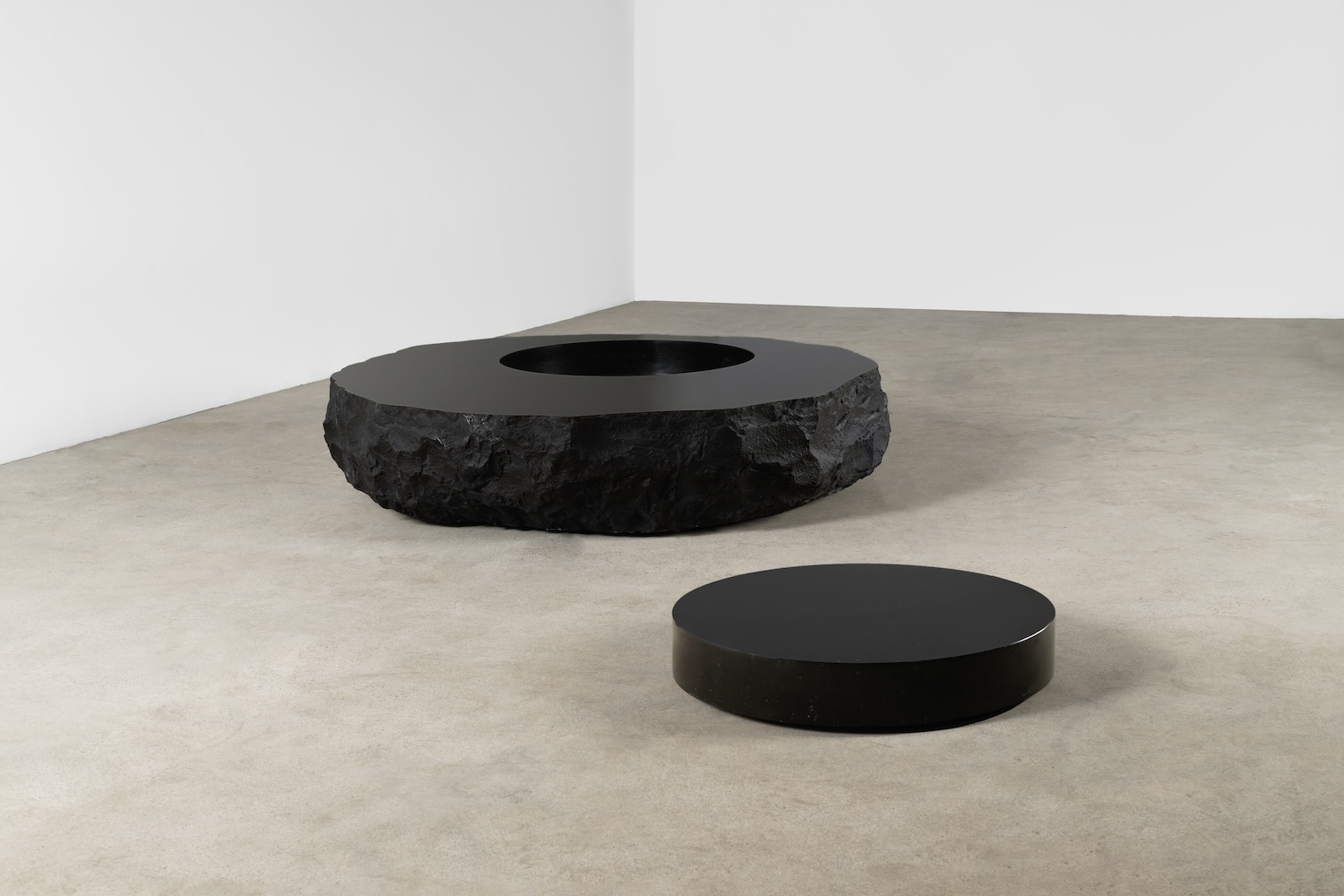
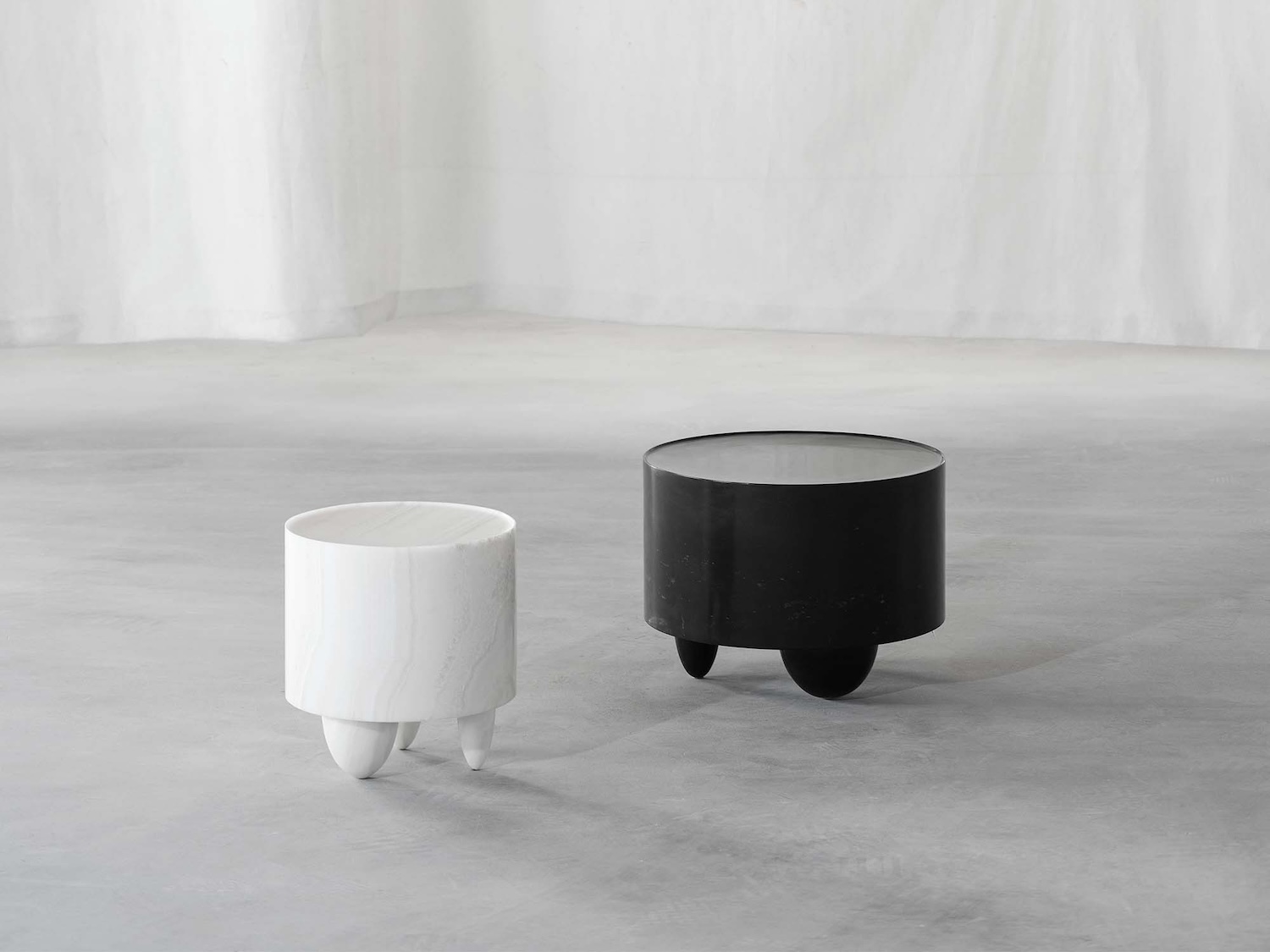
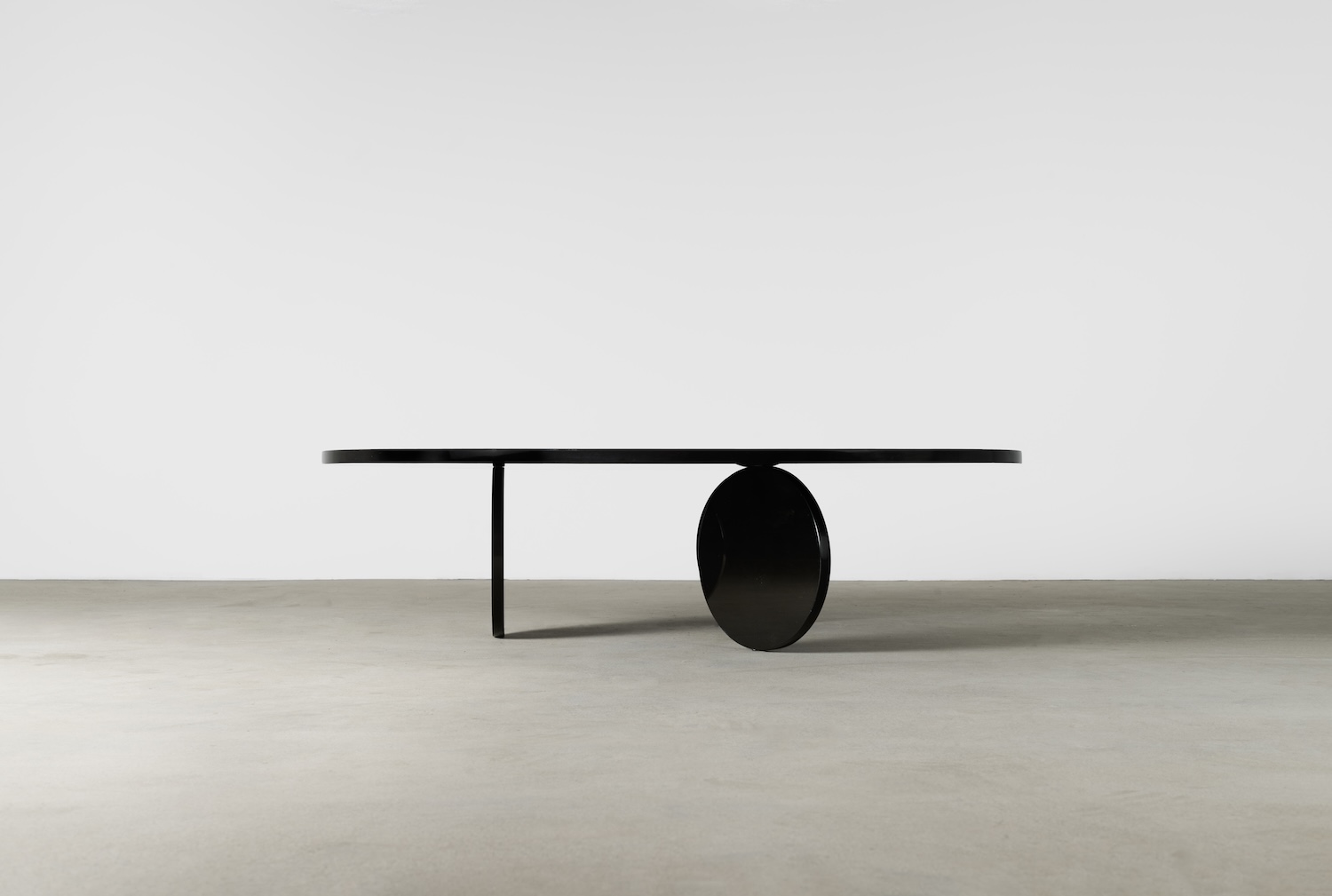
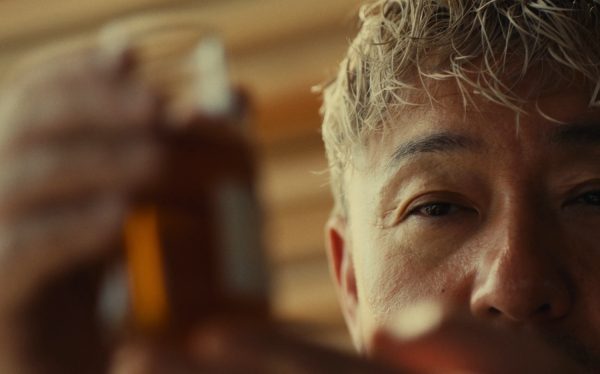

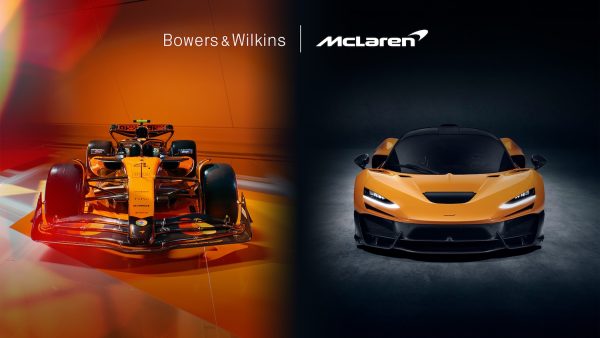
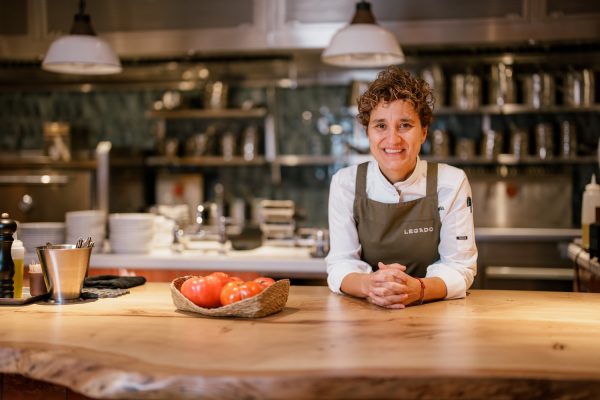
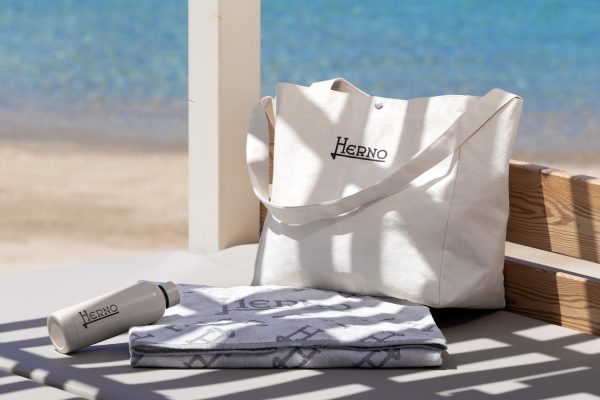
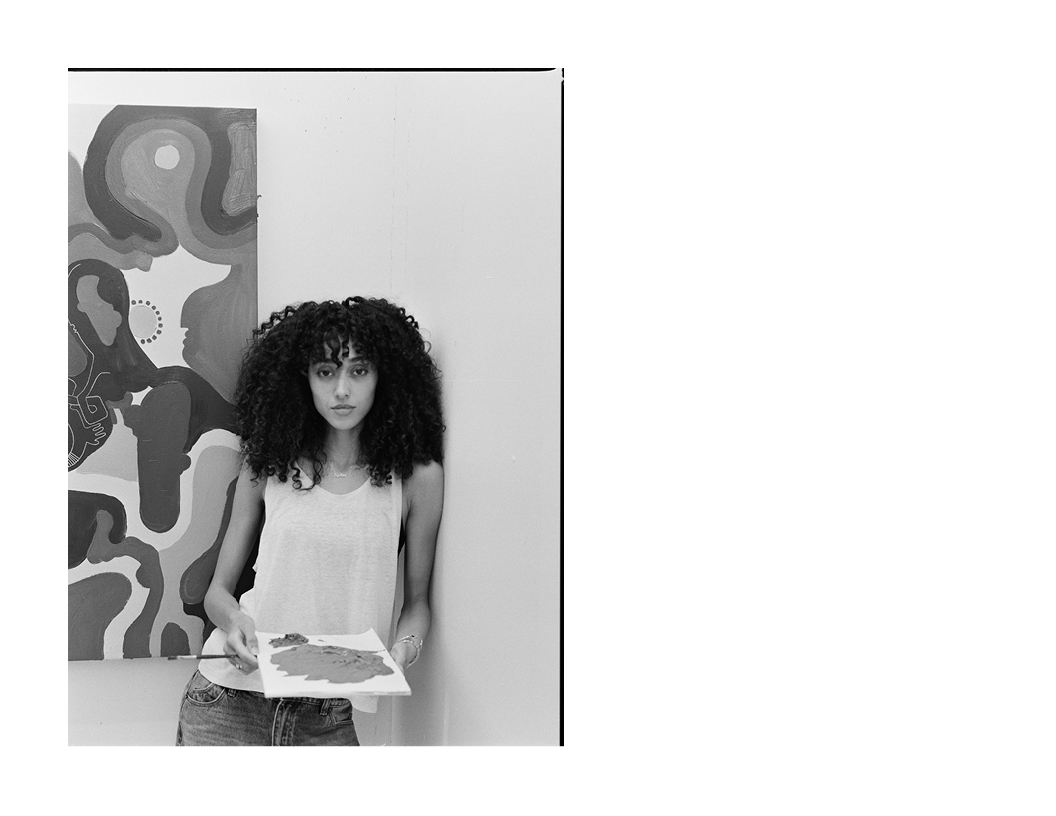
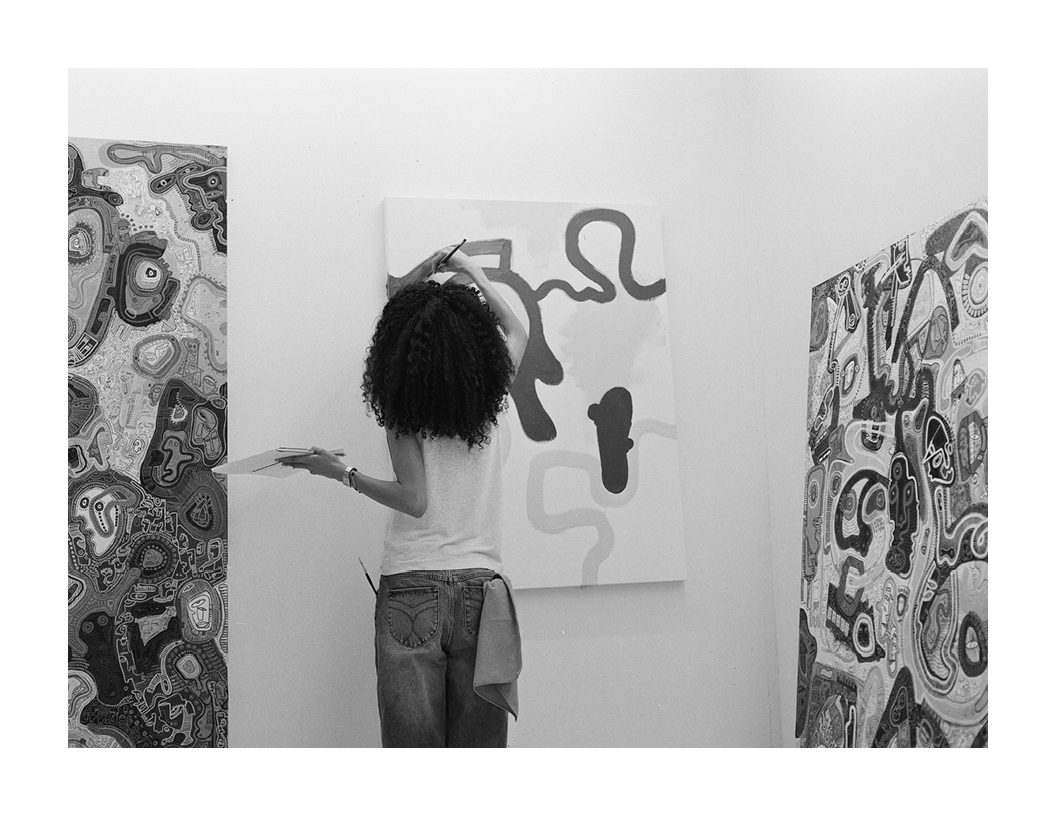
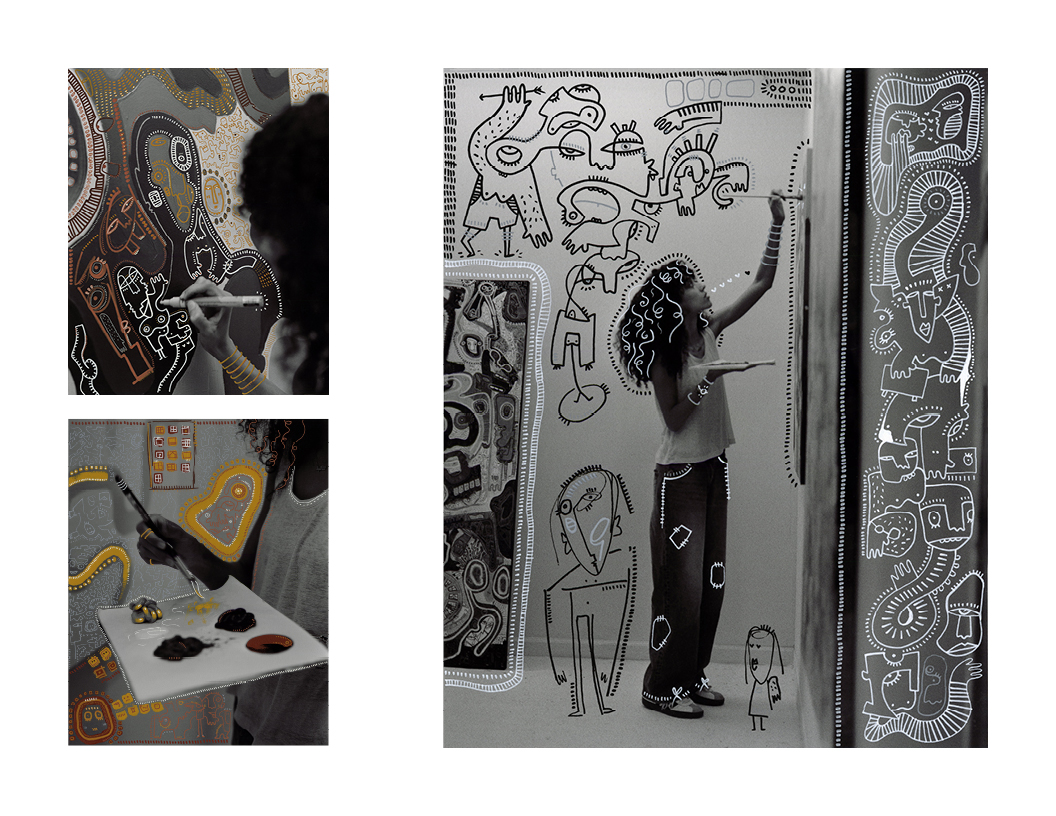
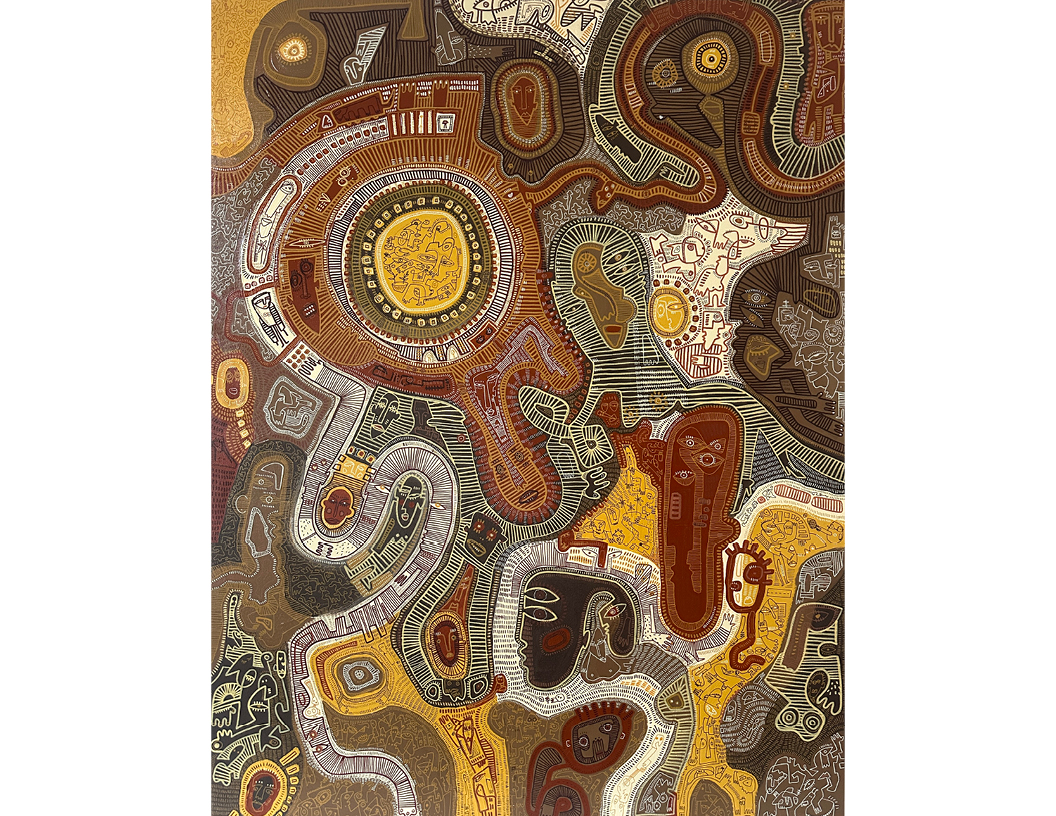
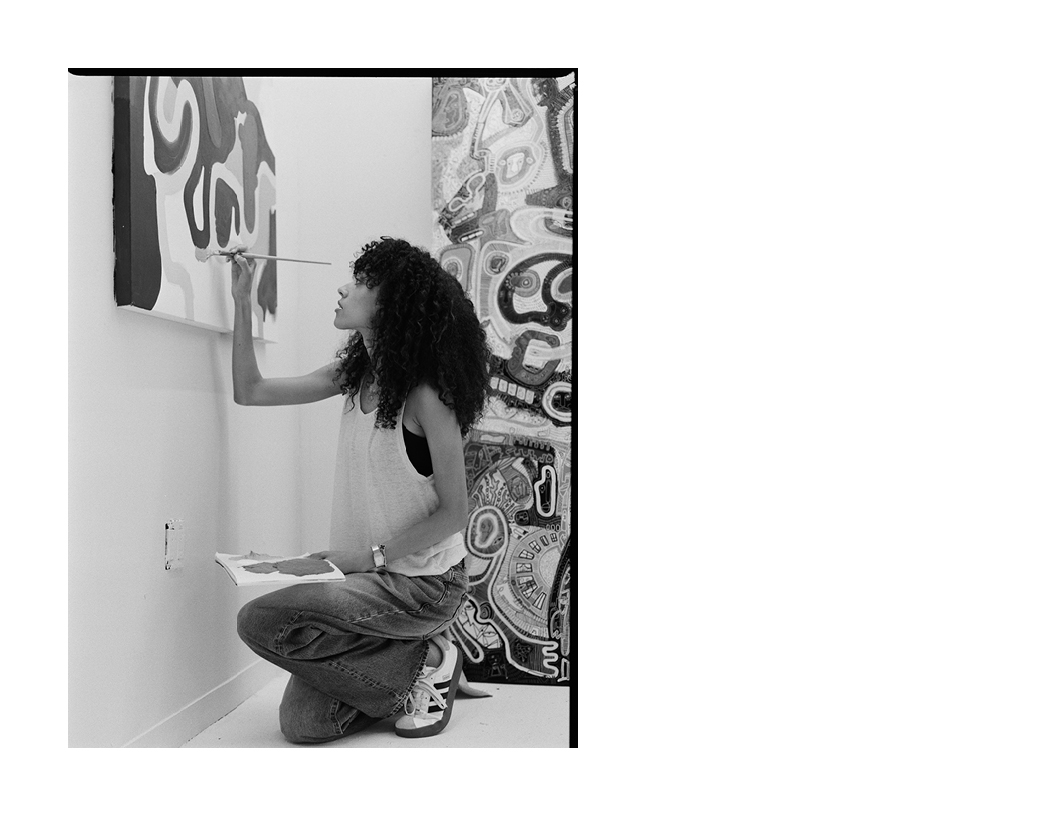




 Finally, I was wondering about your relationship with the city of Barcelona. How does your perception of the city inform your photography?
Finally, I was wondering about your relationship with the city of Barcelona. How does your perception of the city inform your photography?


